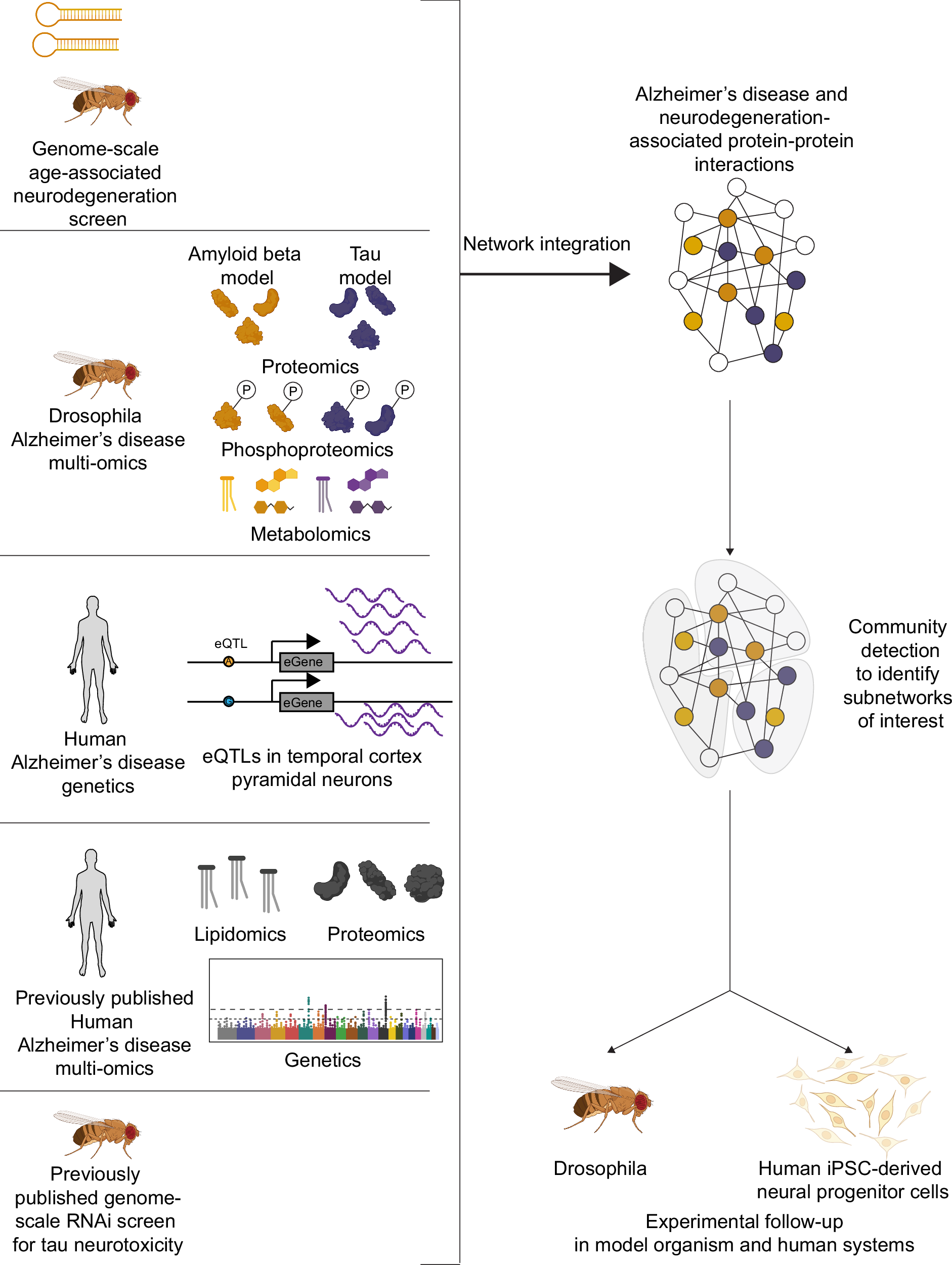2025-05-21 カリフォルニア大学バークレー校(UCB)

The brain’s grooves, or sulci, vary greatly in depth and length, both of which measurements are associated with better cognitive performance. Courtesy of Jannsen et al, J. of Neuroscience
<関連情報>
- https://news.berkeley.edu/2025/05/21/are-groovy-brains-more-efficient/
- https://www.jneurosci.org/content/early/2025/05/11/JNEUROSCI.0726-24.2025
アルツハイマー病の神経変性機構を解明する熱化学モデル Anchoring functional connectivity to individual sulcal morphology yields insights in a pediatric study of reasoning
Suvi Häkkinen, Willa I. Voorhies, Ethan H. Willbrand, Yi-Heng Tsai, Thomas Gagnant, Jewelia K. Yao, Kevin S. Weiner and Silvia A. Bunge
The Journal of Neuroscience Published:19 May 2025
DOI:https://doi.org/10.1523/JNEUROSCI.0726-24.2025
Abstract
A salient neuroanatomical feature of the human brain is its pronounced cortical folding, and there is mounting evidence that sulcal morphology is relevant to functional brain architecture and cognition. However, our understanding of the relationships between sulcal anatomy, brain activity, and behavior is still in its infancy. We previously found that the depth of three small, shallow sulci in lateral prefrontal cortex (LPFC) was linked to reasoning performance during development (Voorhies et al., 2021). These findings beg the question: what is the linking mechanism between sulcal morphology and cognition? Here, we investigated functional connectivity among sulci in LPFC and lateral parietal cortex (LPC) in participants from the same sample as our previous study. We leveraged manual parcellations (21 sulci/hemisphere, total of 1806) and functional magnetic resonance (fMRI) data from a reasoning task from 43 participants aged 7–18 years (20 female). We conducted clustering and classification analyses of individual-level functional connectivity among sulci. Broadly, we found that 1) the connectivity patterns of individual sulci could be differentiated – and more accurately than rotated sulcal labels equated for size and shape; 2) sulcal connectivity did not consistently correspond with that of probabilistic labels or large-scale networks; 3) sulci clustered together into groups with similar patterns, not dictated by spatial proximity; and 4) across individuals, greater depth was associated with higher network centrality for several sulci under investigation. These results illustrate how sulcal morphology can be relevant for functional connectivity, and provide proof of concept that using sulci to define an individual coordinate space for functional connectomes is a promising future direction.
Significance Statement A salient, and behaviorally relevant, feature of the human brain is its pronounced cortical folding. However, the links between sulcal anatomy and brain function are still poorly understood – particularly for small, shallow, individually variable sulci in association cortices. Here, focusing on the functional connectivity between individually defined sulci in lateral prefrontal and parietal regions in a pediatric sample, we demonstrate for the first time a link between functional network centrality and sulcal morphology. This result, along with control analyses, provide proof of concept that defining functional brain networks in relation to sulcal anatomy is a promising way forward.


